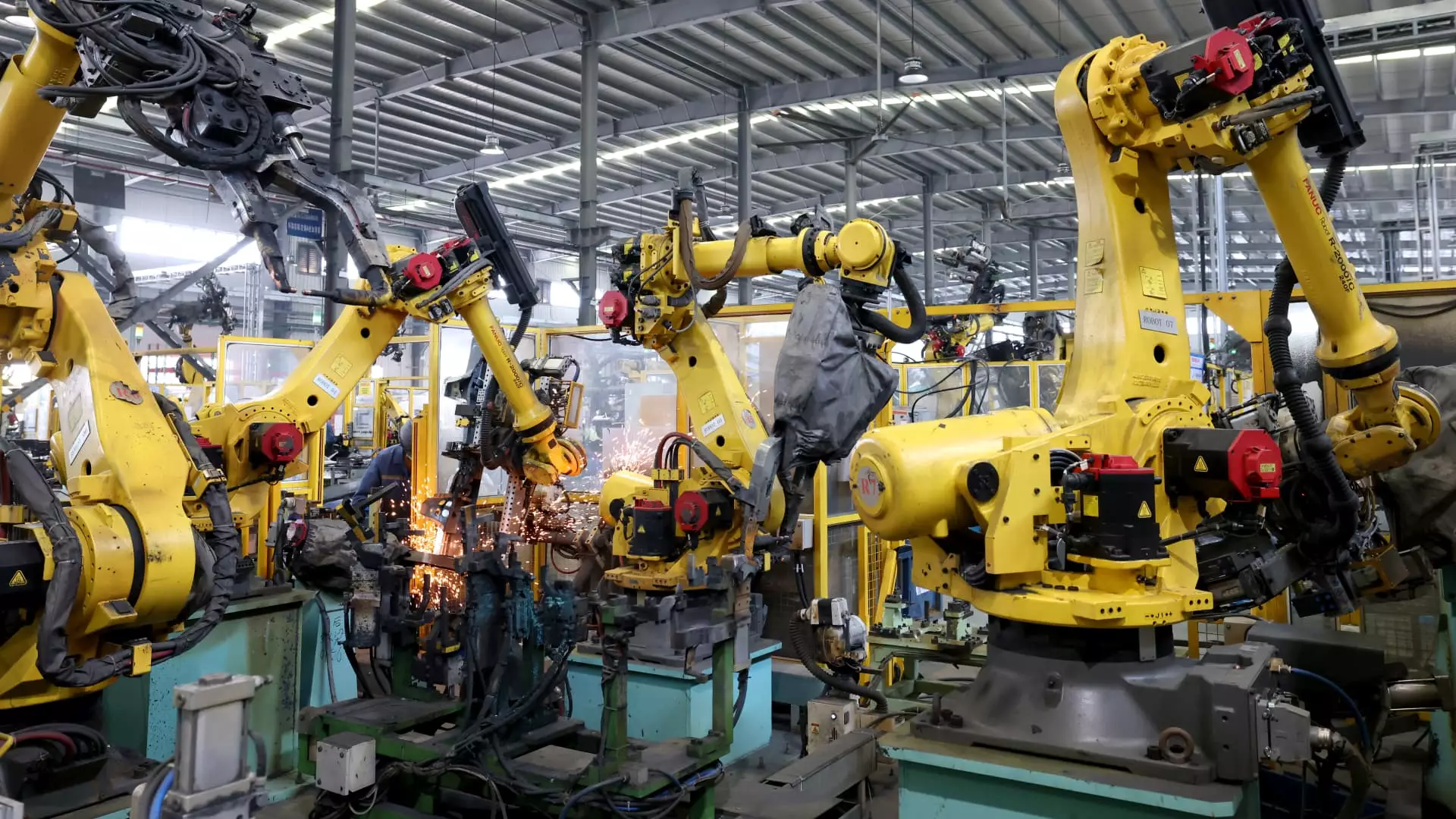In October 2023, China’s official Purchasing Managers’ Index (PMI) registered at 50.1, marking a significant turning point for the economy as it entered expansionary territory for the first time since April. This reading, as reported by the National Bureau of Statistics, surpasses expectations set by market analysts, who anticipated a figure of 49.9. The previous month’s PMI was recorded at 49.8, indicating persistent struggles within the manufacturing sector. A PMI reading above 50 signifies that economic activity is expanding, while a reading below this threshold generally indicates contraction.
Understanding the Economic Indicators
Analyst Zhiwei Zhang, President and Chief Economist at Pinpoint Asset Management, expressed optimism regarding the economic landscape, expecting moderate improvement in the fourth quarter as both monetary and fiscal policies are projected to ease. This perspective aligns with upcoming discussions by China’s parliament standing committee, which is set to potentially unveil new fiscal stimulus measures after its meeting concludes on November 8. The production sub-index for October was at 52, demonstrating a robust recovery in manufacturing output, while new orders stabilized at a neutral 50.
However, some cautionary signals persist. The inventory of raw materials remained below the growth threshold at 48.2, indicating contraction, as did employment figures at 48.4—both metrics revealing that the recovery remains fragile. These statistics highlight the need for sustained policy interventions to maintain momentum.
In the non-manufacturing realm, the PMI also showed encouraging signs, rising to 50.2 in October from 50 in September. This slight increase, however, fell short of August’s reading of 50.3, indicating that while there is progression, the services sector still faces hurdles. The employment metric within the non-manufacturing index saw a marginal uptick to 45.8, further emphasizing the labor market’s ongoing challenges.
In stark contrast to some of these indicators, a recent survey conducted by the U.S.-based China Beige Book revealed a healthier outlook among 1,436 Chinese businesses from mid to late October. Manufacturing output was noted to have improved on a year-on-year basis, along with an uptick in both domestic and export orders. Interestingly, exports to the U.S. have shown signs of stabilizing, falling less sharply than previous months.
Despite these promising signs in specific sectors, China’s economy continues to grapple with broader issues. The growth rate has decelerated, impacted by low consumer demand and a troubled real estate market, which has traditionally been a pillar of economic strength. However, exports remain a silver lining in this complex picture, providing some support to the economy as domestically-driven factors lag behind.
In the wake of several high-profile stimulus announcements, including a pivotal meeting led by President Xi Jinping discussing enhanced policy support, the stock market has reflected this renewed optimism. Investors appear to be banking on effective government responses to economic challenges, hoping these measures will translate into stronger overall growth moving into 2024.
While October’s PMI data offers a glimmer of hope and suggests potential recovery, the underlying challenges indicate that cautious optimism is warranted. The extent to which policy measures can effectively address consumer demand and stabilize the real estate sector will be crucial in determining the future trajectory of China’s economy. As the country navigates these turbulent times, maintaining a careful balancing act will be essential for sustainable growth.


Leave a Reply